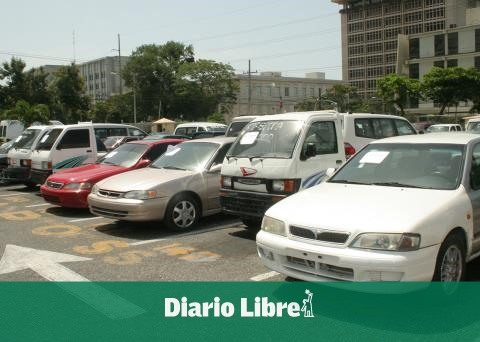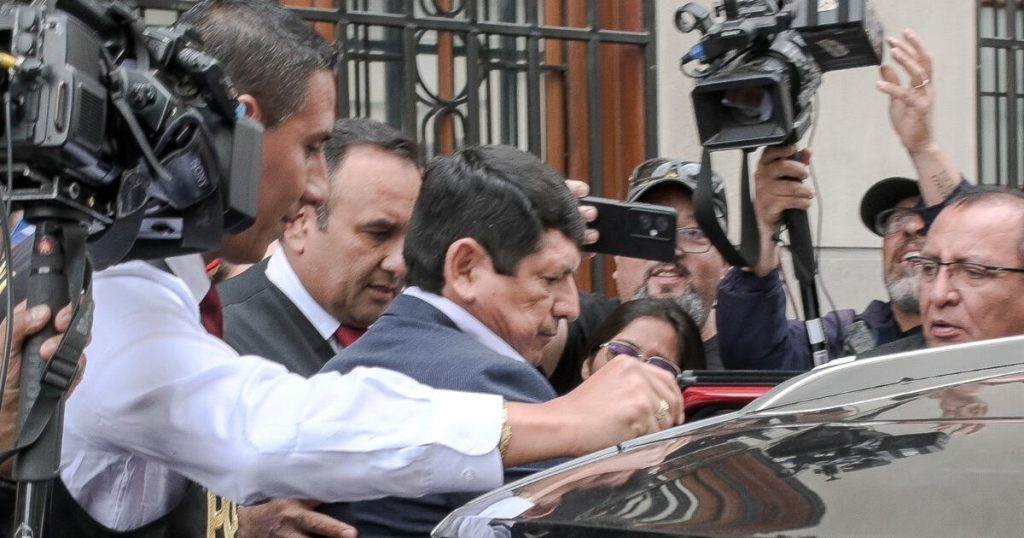35 years ago, on November 9, 1989, the wall that had surrounded West Berlin for 155 kilometers since August 13, 1961 was demolished and crossed the entire center of the German capital.
The destruction of this wall meant the beginning of the dismantling of the socialist system in the world, installed with the triumph of the Bolshevik Revolution that occurred between November 7 and 8, 1917 in Russia and the subsequent creation of the Union of Soviet Socialist Republics ( USSR).
The wall was intended to prevent the citizens of East Berlin from escaping to the West. Since 1961, the Socialist Unity Party of Germany (SED), a satellite of the Soviet Union, expanded the wall along with many other border barriers into a deeply tiered barrier system.
The resulting border strip was called in the West the “death strip” because many people died there while trying to escape.
Since the end of World War II in 1945, the state party SED had established an authoritarian government in East Germany with the support of the Soviet occupying power. Much of the East German population did not agree with the new political and economic system. That is why a rapidly growing citizens’ movement began, in which political, economic and personal motives were mixed. By August 1961, the GDR had lost a sixth of its population, that is, at least four million people. Since the SED closed the GDR border with the Federal Republic already in 1952, the direct route became increasingly dangerous for the regime’s adversaries. For this reason, many people used the still open sector borders in Berlin to enter the Federal Republic.
On August 13, 1961, the SED began to close the borders around West Berlin, first with barbed wire and a few days later with walls. He tried to stop the growing movement of flight. At the same time, the SED wanted to stabilize its power and document its sovereignty to the outside world. Despite barbed wire and a wall, the escape movement could not be completely stopped.
Extension
With the construction of the wall, the SED leadership could not completely stop the escape movement. On the contrary, because the construction of the wall separated friends and family in Berlin, many people, especially in and around East Berlin, attempted to escape across the border barriers. Therefore, the SED had this expanded so that the simple wall became a complex and deeply stepped system to prevent leaks.
Initially, after each successful escape, frontier soldiers and pioneers would erect additional barriers behind the border wall, often on a temporary basis. Since a border zone was created behind the Wall in East Berlin in 1963, this area has been largely cordoned off by a fence. In the mid-1960s, the SED had a uniform border strip created, for which residential buildings were demolished. In the following years, this border strip was constantly expanded and perfected. In the 1970s, a second wall was added, the “Inner Wall”, which delimited the border strip with East Berlin and the GDR.
In the early 1980s, the first obstacle that opponents faced was the inner wall, which closed the border strip with the GDR. Then a signal fence had to be jumped over and touching it alerted the border guards stationed in the observation towers.
At the foot of this fence there were often mats of thorns, the so-called area barriers, with steel spikes pointing upwards, which were supposed to injure or deter the fleeing person.
After crossing the patrol route and the control strip, vehicle barriers had to be overcome to prevent escape in cars or trucks. In the city center, they mostly consisted of steel hedgehogs welded together from railway tracks and connected with barbed wire to form a barrier for those escaping on foot. A barrier ditch was often created in the outer ring. The last obstacle before the West was that the refugees had to overcome the 3.60 meter high border wall.
wire wall
In some places, dog parks were also installed in which these animals blocked the passage, alerted the border guards when someone interested in crossing the wall approached, and dissuaded them from continuing their escape. At night, the border strip was brightly illuminated by the lamps of the so-called light route, so that the border soldiers could easily see the fleeing people even in the dark: people were clearly visible in front of the interior surfaces painted in target of the two walls that bordered the border strip. Watchtowers manned by border guards were located at regular intervals of about 250 meters. They were positioned in such a way that the border guards stationed there could clearly see the stretch of border between them. From there they monitored the border strip and the interior of the border to be able to identify the refugees as soon as possible. At the same time, border guards were to monitor the area of West Berlin adjacent to the Wall.
The systematic dismantling of the border facilities on Ackerstrabe between the districts of Wedding (West Berlin) and Mitte (former East Berlin) began in June 1990 and was largely completed by the end of the year. However, some sections of the Wall were listed as historical monuments by the East Berlin magistrate in 1990, including those on Bernauer Strasse.


















